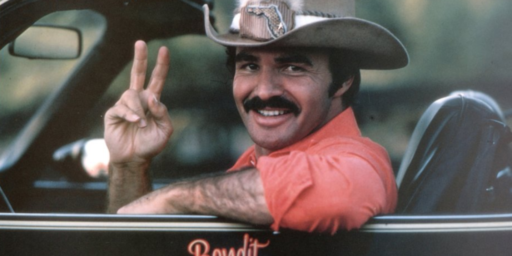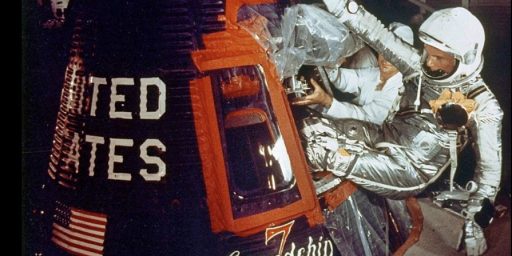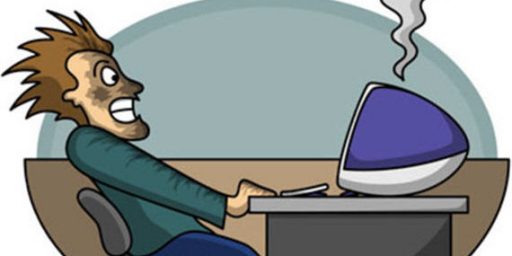Blogs Versus Big Media
Jeff Jarvis notes an interesting phenomenon:
A mention of a blog in a paper or a magazine or even on TV doesn’t bring in nearly the traffic of a big blog link. I get much more traffic from a mention by Glenn Reynolds than from a mention in Time magazine or the New York Times.
***
Blogs cause more links than big, old media.
Now on the one hand, this may be stating the obvious: A linking medium causes links. But I do think it is proof of the influence and buzz-making power of weblogs. Print and TV have no means to answer a call to action; blogs do. Print and TV give us a big tapioca of information; blogs give us personal recommendations (someone who says, click here because I think you should).
Michael J. Totten agrees, noting
The truth is that big old media hardly directs any Internet traffic at all.
Howard Kurtz linked to me in the Washington Post. There was a time when I would have thought such a link would be huge. But no. Not at all. I got a grand total of 25 hits from him.
Whenever I publish a piece in Tech Central Station, a link to my blog is posted at the end. I usually get about 100 hits from that.
A few days ago Roger L. Simon linked me and gave me 500 hits.
When Glenn Reynolds links me, I get 10,000.
It’s tempting for people in the blogosphere to pat themselves on the back and say ha! to old media. Sometimes it’s a bit much, but only sometimes. I wonder if the folks at the Washington Post know just how much more traffic a blog can direct than the online version of their newspaper can.
My guess is they’re beginning to, witness Washington Monthly–a small circulation but prestigious magazine–turning its front page over to Kevin Drum with the magazine’s own content in the side panels with the advertising. Or, for that matter, the fact that the Wall Street Journal, National Review, Reason, The American Prospect, and other opinion journals have well-established weblogs.
Of course, most big media sources don’t bother with links at all. OTB has been mentioned twice in WaPo. The first time, it was in passing along with a lot of other blogs. The second featured me much more prominently and, sort of, had a picture of me accompanying it. I got several hundred visits out of the first one–which was huge at the time, since I had only been around for a few weeks and had very little traffic–and got virtually none out of the second. Why? The first had a hyperlink to my site, whereas the second mentioned my name and the site’s name but had no hyperlink. That meant that someone wanting to find me had to either guess at my URL or find me through a search engine.
The traffic/linkage phenomenon is almost certainly a function of the nature of the medium rather than an indication of “power.” Indeed, once one gets below the very top of the blogging food chain, influence is essentially non-existent. Absent linkage from one of the top tier blogs, OTB gets 2000-2500 unique visitors a day, which is probably equivalent to the daily traffic of the online version of a small town paper. A link from me might double the traffic of a low-profile blog but would disappear into Glenn Reynolds’ referral logs. And, certainly, a link from OTB mentioning a NYT or WaPo column isn’t going to noticably increase their traffic.






A surprising source of huge traffic can be the online sites of the talk radio hosts. Neal Boortz site mentioned/linked one of Allah’s Kerry photoshop pieces, and generated 25,000 hits.